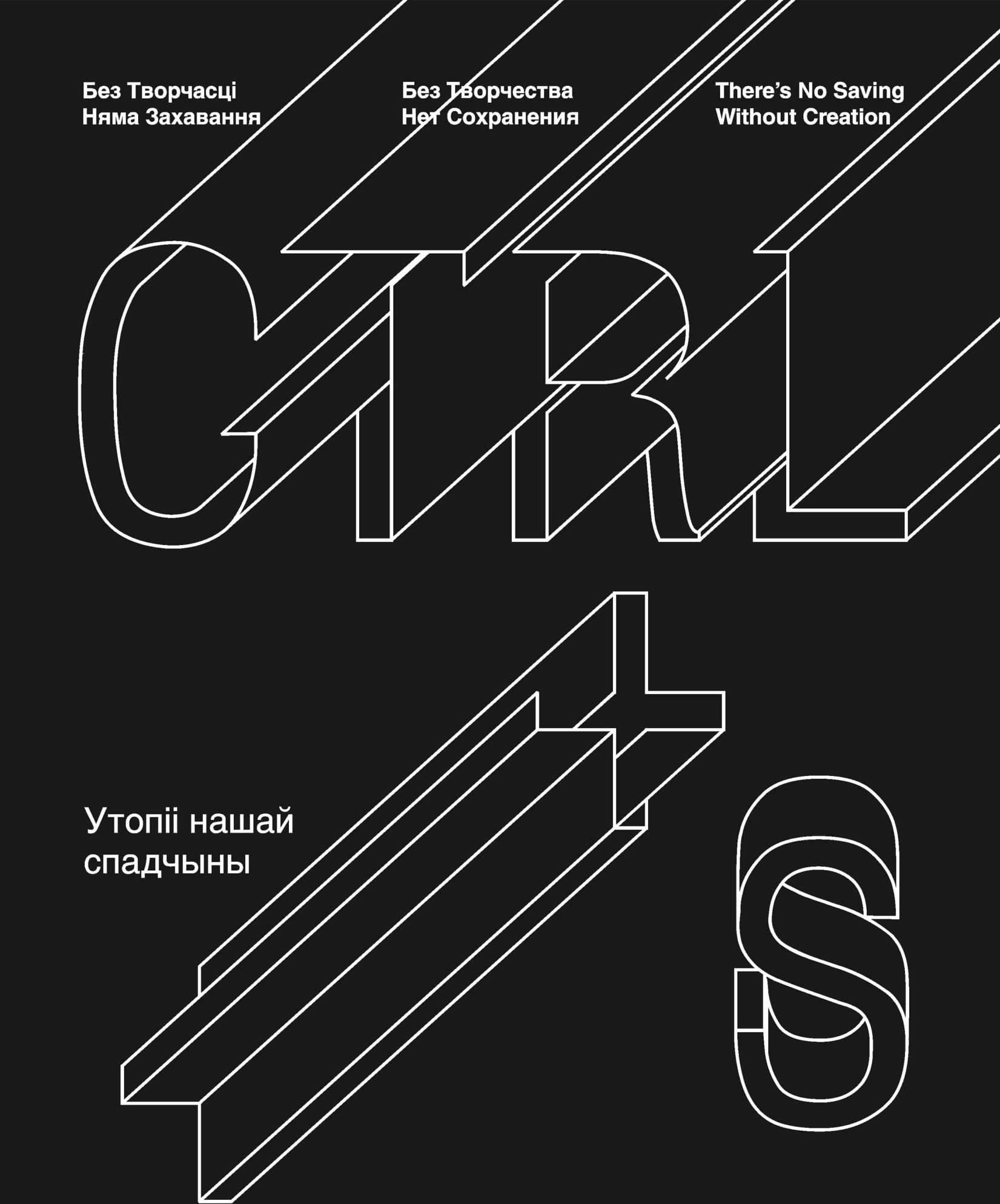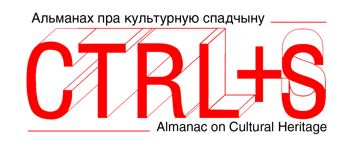Online ISSN 3030-1351
Current Issue

The third issue of the CTRL+S almanac is dedicated to the rather unexpected topic of “Utopias of our Heritage”. Living in Vilnius – the ancient crossroad of European paths, in the whirlpool of terrible events of the last three years that have overwhelmed our region and deprived us from the opportunity to act directly in Belarus – we decided to pay attention to the past and the future of our heritage. In thinking about it, we can allow ourselves the luxury of dreaming about the ideal, and at the same time, we can take a critical, relaxed look at the path we have already taken.
Utopia is a dream about the ideal, about something that can never come true. In everyday conversation, the use of the word utopia has often a negative connotation. But what, if not the desire for the ideal, stimulates our thinking about how culture should develop and, of course, what should be the relationship of society with its heritage?
Work with cultural heritage is based on utopias, the first of which is the very possibility of preserving something from time immemorial. Utopian are also the permanence and stability of what we preserve or the very possibility of restoring something in its original form (which restorers often strive for). And even more... putting the past “at the service of the present for the sake of future generations”, idealized ideas about the “golden age”, the coordinated work of public institutions to preserve values, up to the comprehensive study of ancient monuments and the creation of new non-conflict methods of restoration. All this is largely utopia!
As in previous editions of the almanac, our main authors are teachers and students of EHU’s undergraduate and master's programs in cultural heritage, as well as persons whose contribution to heritage preservation
we highly respect.
The very first look at the content of the issue will show that we are going to consider the topic of utopia in two aspects.
The opening part of the almanac is called “Utopias of the Past”. It mainly describes our retrospective relationship with heritage. By the past of heritage, we mean an attempt to critically (or maybe self-critically?) summarize the history of our relations with it; to understand the role of individual actors and institutions in creating images of the past, as well as governance, preservation and restoration of heritage in Belarus and the region. The authors of this section try to trace how ideas about the ideal, contexts and goals of preservation have changed; how identification and interpretation of heritage was evolving; and how a balance between local and global, public and private, scientific and creative was developing?
The section opens with a conversation with, without exaggeration, the patriarch of the Lithuanian cultural heritage preservation system, Prof. Jonas Rimantas Glemža, former vice-president of the International Council on Monuments and Sites (ICOMOS), who has been working in this field since 1958, and has witnessed or even authored many international and Lithuanian initiatives in the field of conservation and preservation. A significant role in the preparation of the texts of the section played a three-day seminar “Construction and Effective Presentation of the History of Preservation of the Cultural Heritage of Belarus” (July 5–6, 2023) in the walls of the European Humanities University, some of the texts of which are published here.
The second part of the almanac is devoted to looking into the future. Society is changing, culture, economy and technology are developing. All this sets the dynamics of the heritage field, gives birth to fresh approaches and ideas, in the end – another utopia. The European Union, being a world leader in work with cultural heritage, in every way stimulates the development of innovative, creative practices in working with it. Heritage acquires new meanings, appears in more and more diverse materializations, it is involved in social and economic relations. What prevents us from dreaming of an ideal future today? And our authors dreamed it up!
This section also opens with an interview with the current vice-president of ICOMOS, Dr. Riin Alatalu, who spoke about the current international agenda in the field of cultural heritage, and also shared the experience of the post-Soviet reform of the heritage preservation system in Estonia, her native country. The authors of the section were also the curators of the thematic areas “Heritage and ecology”, “Heritage and сommunities”, “Heritage and digital technologies”, as well as “Heritage and new design” of the summer school “Cultural Heritage and the Future”, which took place at EHU last year, on July 11–16, 2022.
We decided to name the third, additional part of the almanac “European heritage in Us”. Its main motive is self-understanding on the tortuous paths of European civilization, to which Belarus undoubtedly belongs. The chapter opens with a record of a discussion between outstanding Belarusian historians dedicated to the five hundredth anniversary of the publication of the Little Travel Book by Francysk Skaryna, which took place on October 6–7, 2022 in Vilnius, in the magnificent hall of the restored Palace of the Grand Dukes of Lithuania, on the margins of a large conference marking the thirtieth anniversary of our European Humanities University. Other authors of this section reflect on our relationships with Dante, as well as on the phenomenon of the Belarusian language as a cultural heritage of Belarusians.

